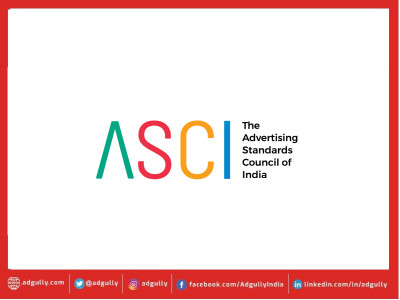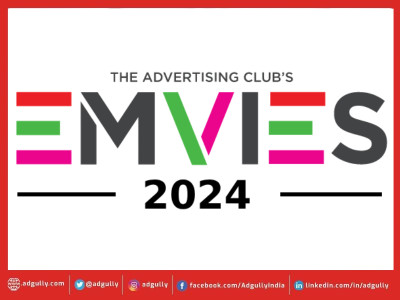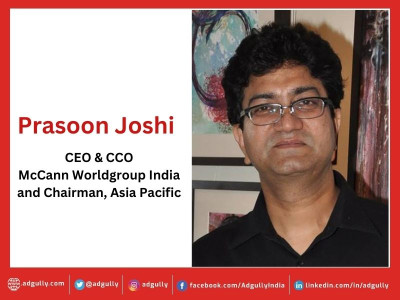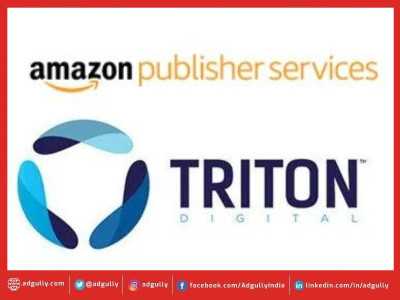Artificial Intelligence – the Next Wave in Indian Advertising: Atique Kazi
This article is authored by Atique Kazi, Managing Director, Xaxis India
Atique Kazi joined Xaxis India in 2013 and has been with the organisation for more than 5 years. Prior to Xaxis he has worked in organisations such as Yahoo India, The Economist and The Times of India. He is enthusiastic about the adoption of digital technologies to transform organisations. He believes that the uptake of programmatic is not slow in India. As media becomes more and more digitally charged he is optimistic about the future of programmatic.
AI is drastically transforming how we live and work and will forever change how people consume information and make purchasing decisions. And given the fundamental nature of the industry, it is no surprise that advertising is already being impacted by AI technology.
AI is being used in a variety of ways to improve advertising effectiveness. It has been used to find and define audiences, refine creative messaging, generate audience personas, and develop bidding strategies that optimize for clients’ stated goals. AI delivers cognitive insights that can be used to mine data, looking for trends and patterns. They are most obviously suited to tackling discrete issues, such as predicting a particular customer's likely behaviour and anticipating their reaction.
AI in the Indian advertising market
Our highly complex advertising market is one of the fastest growing in the world, mirroring the rise of the country’s middle class, with its increasing disposable income.
Close to 40% of India’s advertising spend still goes to TV, while digital media contributes to approximately 17% of the total ad spend. However, this number is gradually growing, and it is expected that by 2020 approximately 22% of total ad expenditure will be on digital.
The key to this growth is the tremendous penetration and affordability of the internet. 500 million Indian internet users benefit from high-speed, low-cost connectivity across the country. However, this huge audience is anything but monolithic. Vast differences abound – 22 different languages, the rural/urban divide, cultural and ethnic preferences all serve to make mass advertising to a digital audience a losing proposition.
Efficiently reaching digital audiences
In fact, the only way to efficiently reach digital audiences at scale across the vast Indian population is to use programmatic media buying, which targets the right prospects with specific ad campaigns. As media moves towards being digital, digital moves towards being programmatic. We can see this happening in the world of video, which is becoming increasingly scalable and measurable.
Programmatic means buying digital advertising space automatically rather than manually, with computers using data to decide in real time which ads to buy and how much to pay for them.
Lingering perceptions of AI as robotic and impersonal may jar with the essentially human nature of advertising, but in fact an AI-powered ad strategy enhances the industry’s ability to reach real individual human beings.
AI-driven campaigns tailor ads to each consumer’s preferences
AI technology helps define the campaign goal, devises a plan that leads to desired outcomes, runs tests and gathers data, takes action and constantly refines for increased cost efficiency, and – importantly – uses human talent well. Programmatic calls for people who know how to interpret goals, understand the programmatic advertising landscape and can create and refine algorithms to the specific needs at hand.
AI allows us to integrate more data and intelligence into every action than ever before, enabling us to create a completely customized experience tailored to each person’s own preferences and purchasing behaviours, match our clients’ brands with the most interested audiences, and continually optimize campaigns to deliver better results in less time.
















Share
Facebook
YouTube
Tweet
Twitter
LinkedIn